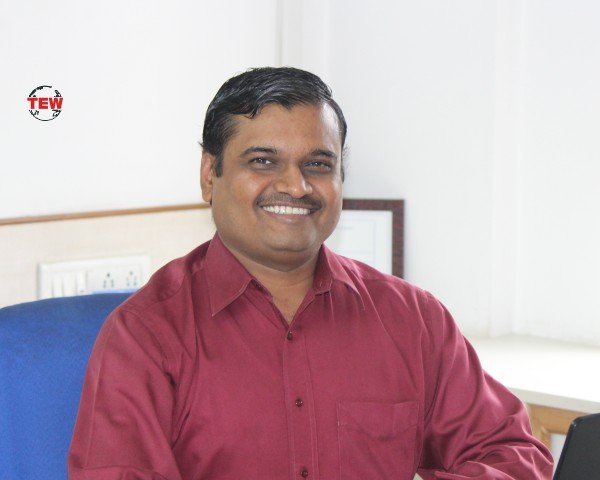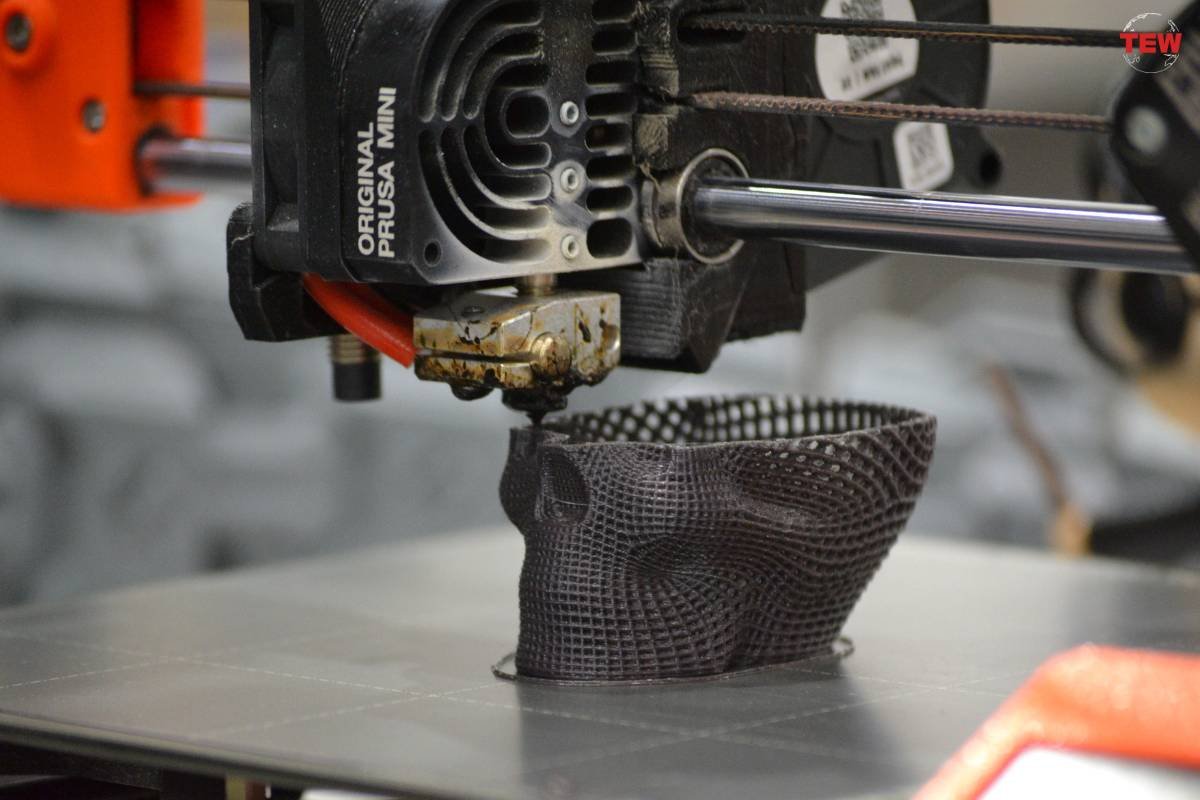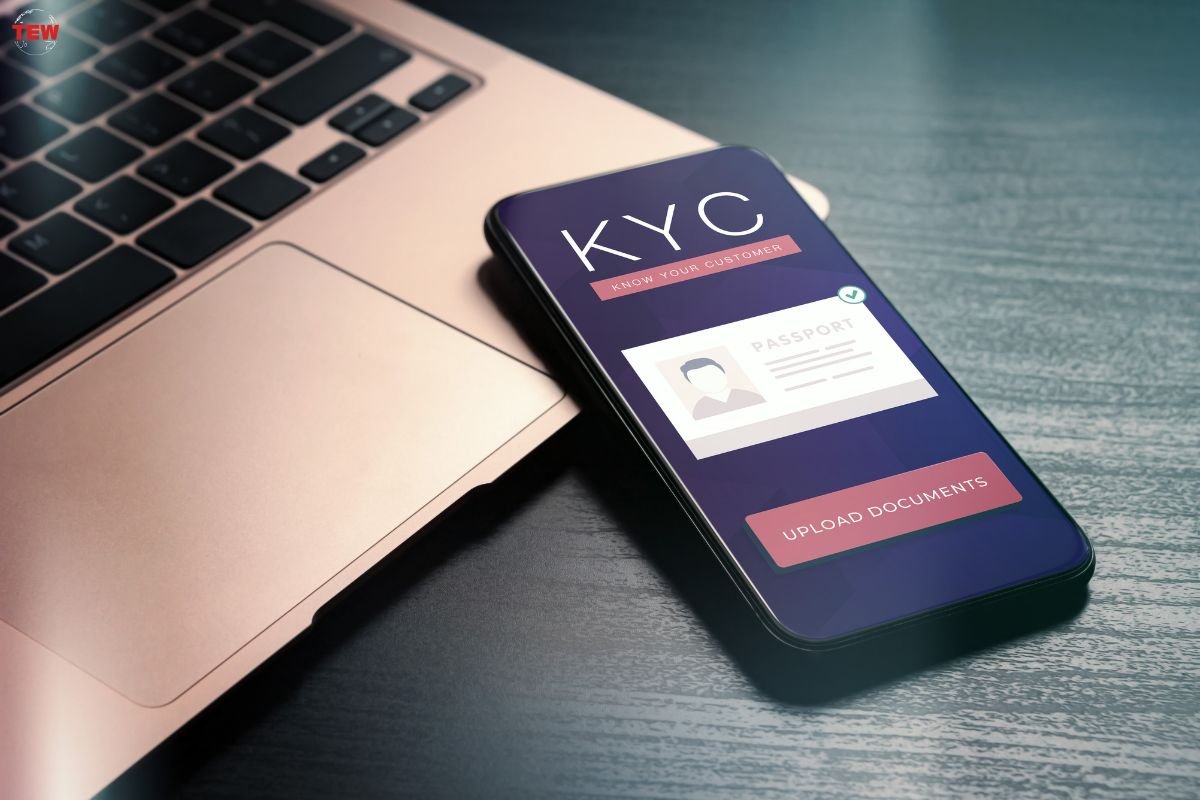Coming from a family of agriculturists, Founders, Mr. Sameer Sawarkar & Mr. Rajeev Kumar had first-hand experience of the village realities. With their background in technology, they strongly felt that their experience and knowledge are better applied to solve the problems of the masses. The final push came after seeing the pioneering work of the Tenet group at IIT Madras, where the technology was being applied to solve rural problems to impact the local GDP of the village. All this put together inspired Sameer & Rajeev to take up the challenge of solving rural healthcare problems using technology, who then left their job with multi-national companies, and founded Neurosynaptic.
Neurosynaptic today brings with it (and its partners) all the components that make access to healthcare at remote locations possible. That includes the Technology, Processes, ground-level Operations, Supply Chain, and overall Management.
In a talk with Mr. Sameer Sawarkar, Co-founder and CEO at Neurosynaptic, he shared his views on the current industry scenario and what Neurosynaptic offers to its customers.
What were the initial challenges you faced?
In the initial days, beyond Technology, we saw challenges of poor skillset, poor infrastructure (electricity, connectivity), and poor ecosystem. Further, telemedicine as a means of Healthcare Delivery was not easily accepted by the Medical Community. Cost of Healthcare Delivery and non-existing healthcare financing mechanisms were the other set of challenges. Further, the absence of regulations and guidelines around various aspects of technology-based remote healthcare delivery posed a perennial concern.
So even after developing the necessary technologies that would work with low-skillsets and minimal infrastructure, it was necessary to work on the whole ecosystem as such.
I would like to emphasize here that building Technology itself was a big challenge. We became “make in India”, “Atma-nirbhar” much earlier. Almost all the technology that we use – The medical devices, the software are all indigenously developed. Making devices work on extremely low power, with all the poor quality electricity available, getting signals transmitted over extremely low bandwidth networks reliably were some very difficult challenges we managed to overcome in the early days.
Which was that point that triggered the growth of the company?
There are several milestones in the life of Neurosynaptic, which have propelled it to the next level of a solution in the respective contexts.
- First milestone of Neurosynaptic was when the technology development was concluded and we went into the field to learn that an overall ecosystem was completely missing, and started towards putting some of those pieces together. As a Company, we worked on understanding the whole opportunity, as against just the Technology aspects. That, I think has helped us always.
- Second was when we deployed the largest ever network of Telemedicine of 1500 rural telemedicine centers in two of the poorest and infrastructurally most challenging states in India, together with an NGO partner; a network that still would be considered the largest deployment anywhere in India. This set an exciting operational model for a total rural remote healthcare delivery system for the very first time.
- Next is when Neurosynaptic did a technology shift from the traditional models to pay-per-use; Cloud-based models, and increased the whole range of point-of-care tests from the basic physiology to about 40 tests including blood and urine tests. It became an extremely modular solution, which also enabled some of the overseas telemedicine networks,
- And more recently, with the Telemedicine guidelines being finally put in place in India, due to which, the private sector has now become receptive to the concept of remote healthcare delivery itself, with great acceptance from the medical community.
How have Neurosynaptic graphs changed since the foundation? Can you share a few statistics?
Starting from the year 2007 when we set up 25 centers in three districts of UP, we are now in 12 states of India and have to date installed more than 2500 telemedicine centers, bringing access to over 50 Mn population. During the last 2-3 years, we have also made inroads into 10 other countries through various partners.
Neurosynaptic introduced the Cloud-based ReMeDi solution about 3 years ago, and today we run more than 75 different projects from our cloud server. During the past 2 years, we have seen a consistent and significant 27.3% quarter-on-quarter growth in the teleconsultations on our platform. Further, we are looking at a significant jump in the revenues this year onwards due to the increased usage of Telemedicine. Interesting to mention would be the consistent increase in the recurring revenues.
What is the reason behind Neurosynaptic’s long-standing success?
One of the core values that our organization works on is integrity. Neurosynaptic never compromised on that. Even though there is always business pressure, we have made it a point to review the initiatives carefully and participate in select initiatives, that have considered and addressed most of the already known issues.
Neurosynaptic has always been committed to solving the issue of healthcare access. So whatever be the challenge, we have never shied away from facing it and finding the most innovative solutions. Neurosynaptic has always been sensitive about the affordability of our solutions at the last mile.
Finally, the understanding of the healthcare access issue that we have obtained over a period in multiple kinds of projects, has helped us significantly enhance our product.
Our outstanding Team is one of the core reasons why our product is best-in-class and has continuous support from our Investors and Advisors in the journey.
What are the products/services Neurosynaptic focuses on? How are your services different from those in the market?
Neurosynaptic’s Flagship product ReMeDi® (Acronym for Remote Medical Diagnostics) is a comprehensive Solution for Telemedicine/ Teleconsultations. ReMeDi® Solution comprises the Software Platform and a wide range of point-of-care medical devices.
- Neurosynaptic has indigenously designed and manufactures several medical devices, including the Infrared Thermometer, Pulse Oximeter, Blood Pressure Monitor, Digital Stethoscope, ECG Machine, etc. All these devices are portable, lightweight, and wireless devices that easily connect with Smartphones/ tablets/ Laptops via Bluetooth-Low-Energy (BLE) Technology. These devices are seamlessly integrated with the Software platform and facilitate errorless medical data exchange. (image of ReMeDi-NOVA® kit)
- ReMeDi® Software Platform is user friendly and highly customizable. It has various modules for capturing the complete OPD Workflow, right from patient registration, appointment booking to prescription generation, billing, etc. It offers high configurability and role-based access for administrators, managers, doctors, patients, etc.
- A wide range of medical devices is integrated with the Platform, including indigenous devices and various third-party devices. These devices can be triggered through the Application and data from the devices get directly fed to the patient Electronic Medical Record (EMR).
- Small Form-factor and portability
Standard ReMeDi Kit weighs only 3.5Kgs and can measure over 40 Diagnostic Parameters.
The Solution has several use cases including
- Remote healthcare/ Health Camps
- Mobile Medical Clinics
- Direct-to-Home teleconsultation Services
- In clinics to provide a wider range of Diagnostics and to connect with Doctors for tele-consultation
- In General Hospitals to tele-consult with Specialists
- For Secondary Opinion, etc.
- The solution offers cloud-based storage of Patient Data. It’s built as a multi-tenant architecture and ensures Data Privacy and Security.
- Neurosynaptic brings forth the end-to-end linking of various healthcare ecosystem components (doctors, patients, health workers, diagnostics, medicines, etc.), capturing of processes and entities through its ReMeDi® solution, which makes affordable and quality healthcare delivery possible on the ground.
- Neurosynaptic undertakes project implementation and management at private as well as Government facilities through Private-Public-Partnership (PPP Models) and along with several Implementation Partners, Hospital Partners, and funding organizations like corporates (CSR), NGO’s, etc.
- The combination of appropriate technologies and lower dependency on skilled medical personnel is another unique value proposition of ReMeDi®.
- The solution needs very minimal infrastructure and works even at low bandwidths with extremely power efficient medical devices. No other solution in the world has been able to operate in such conditions.
- ReMeDi® platform today provides the most robust, scalable, and proven solution in both client-server and cloud-based models
- Another very important advantage is that ReMeDi® can reach people at a very low price-point per consultation, and nominal charges for a wide range of other services with a completely private network implementation.
- Data shows that over 80% of ReMeDi® telemedicine clients are from the poor economic quintiles, with more than 50% representing the poorest quintile, despite a fee-for-service model. Quality healthcare is now available to the patients within a distance which is less than that to a government PHC in most cases.
To summarize, the competitive advantages of the ReMeDi® Solution over other similar solutions are
- Comprehensive solution with a software platform and integrated medical devices
- Low energy consumption by the devices
- Low bandwidth usage by the solution
- Minimal skill set required for operation
- Mobility of the solution to provide services at the point-of-care
- Real-time and store-and-forward modes of operation
How do you decide to take Neurosynaptic a step further in terms of your products/services?
With the market in the process of opening up, it will be very exciting. As an organization, we have made some significant inroads in several countries through partners, and we see ReMeDi® as a platform impacting public health delivery in many of those geographies. Neurosynaptic plans to significantly invest in our delivery capabilities for such projects, and also identify partnerships to replicate similar models in many more countries. We look to significantly augment our team at all levels for the same.
Neurosynaptic looks forward to complying with the regulatory, standards requirements in these geographies. Further, we will be moving in the direction of building intelligent solutions, adding AI/ML capabilities into our solution for better value to all our users.
Neurosynaptic is in the process of raising investments for the growth of the Company very shortly.
Is there any new addition to the list of products/services? Anything exciting you would like to share?
With the increase in COVID-19 cases around the world and the consequent lockdowns, our solution has evolved from a clinic-hospital model to various other models, like the Direct-to-home teleconsultation model- This enables the Doctors at any hospital to connect with their patients who can use the application on their smartphones and tele-consult with the doctor from the comfort of their homes. This has received an excellent response from the users.
Together with e-Zest Solutions Ltd., a Pune-based Global Services Company, we have also built a very important and useful “I M OK” platform for employees and their families’ safety and tracking about the pandemic.
Neurosynaptic has also recently released the French version of the ReMeDi® Application to be used by Francophone countries. A few other languages are coming soon. For India, we have built the Hindi version already.
Further, we are soon launching a universal version of the ReMeDi® platform that can be used on any internet-connected device irrespective of the operating system, model, etc.
Can you please brief us about your professional experience?
After completing my Master’s Degree in ECE from IISc, I worked at Motorola India Electronics Ltd. for about 5 years, working in various domains related to semiconductors – Development Tools as well as Signal Processing Applications. I handled the responsibilities as a Project Manager. Received several Awards including Engineering Excellence Award; then moved to Manage a Company – DACS Software Pvt. Ltd. as its Managing Director. Here I grew the Company from zero employees to about 25 employees. Neurosynaptic developed Re-Targetable Tools and Code Converters and had the client base of several international semiconductor manufacturers.
During my later years at Neurosynaptic, I handled several responsibilities including the initial full technology role to a complete management role. Diverse responsibilities over the period included Innovation, Technology, Development, Quality & Certification, Establishing the Team and Company, Strategy, Planning, raising investments, Investor Relations, Business Development, etc.
What are the key achievements of your entrepreneurial journey?
- Successfully making a solution that can work on extremely stringent resources
- Technology Pioneer Recognition by World Economic Forum – an extremely prestigious award
- Declaration of the ReMeDi® Telemedicine Solution open for the public, by Late Former President His Excellency Dr. A. P J Abdul Kalam on the Technology Day
- Largest Telemedicine network functioning on the ground in the poorest of infrastructure and skillset situation. We managed to set up over 2500 telemedicine centers to date, bringing healthcare access to more than 50 Mn rural population
- Even though we started quite too early on telemedicine, I am proud that we have survived to see the day and reap the benefits of the huge work that we have done in this domain when the entire world recognizes that we foresaw long back, and
- Recognition as an Ashoka Fellow by Ashoka Foundation.
- Closing investment rounds with prestigious investors like Indian Angel Network, Axilor, HealthQuad, and e-Zest Solutions Ltd.
- Getting extremely good partner organizations to work with us. Neurosynaptic works with many Hospitals and Implementation Organizations today, to make the last mile delivery happen.
The biggest achievement is that we are truly able to bring access to healthcare to the last mile population!!
How do you look after your employees? What makes your team unique?
Several of the colleagues work with us due to their commitment to the cause of healthcare access. There are very few Indian companies that work on building end-to-end indigenous medical products and have maintained their start-up flavor all along. My colleagues love the fact that there is a lot of freedom, and a lot to learn.
The range of activities of product development that we are involved in is very wide – right from device development, embedded algorithms, signal processing, web technologies, cloud technologies, various platforms, IoT and domain-specific standards, Quality processes, manufacturing – you name it! It is amazing how much one can learn here.
Kindly brief us about your views on the current Tele-Medicine industry scenario.
MCI opened up Telemedicine Guidelines, and subsequently, Insurance allowing Telemedicine as a formal model of healthcare has given Telemedicine a legal footing. Also, due to the pandemic, there is a reluctance to visit OPDs by the patients, and risk to the medical community due to physical visits has opened up the market significantly.
At this stage, most of the doctors and hospitals are using some form of telemedicine. On the Government side also, there has been a significant movement towards Digital Health. Building a connected health network for better healthcare management and delivery seems to be getting some priority.
While some part of the market surge for Telemedicine may flatten out with time, it is clear that it has now become mainstream, and we are looking at an impressive future for Telemedicine and connected healthcare. There is of course a long way to travel – we need to get things right on the regulatory front as a Nation – we still have standards to be adopted, test labs to be established.
Further, in telemedicine, several areas in which technology can significantly contribute are still grey. Clarity will greatly propel this sector forward. Insurance coming in will help. What we need to remember is that last-mile access to healthcare is the greatest opportunity Telemedicine can serve.





